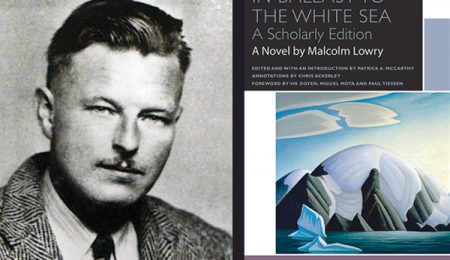Media stereotypes exclude many Canadians from their own country
Illustration by Devin Beauregard
JOE’S SPEECH IN Molson Canadian’s “The Rant” advertisement from 2000 is considered one of the great moments in Canadian history. It marked the beginning of an era in which Canadians would no longer feel ashamed of the beaver, “a truly proud and noble animal,” or of pronouncing it “zed” not “zee,” amongst other things. It was a turning point in how we perceived ourselves.
Molson’s more recent commercials continue to target our sense of national identity. In its “Made From Canada” advertisement, actors throw themselves from cliffs into freezing water, play hockey near the Rockies, and travel kilometres of “pure awesomeness” by foot—all this to the music of “Requiem for a Dream.” The commercial makes being Canadians seem epic, but is its portrayal accurate?
Hardly.
In reality, the common stereotypes marking our interests, habits, and daily lives as Canadians are well off the mark. Statistically speaking, we are far more different than we even realize.
According to Statistics Canada, golf is the most popular sport among Canadians played by adults over the age of 15. Hockey is the second most popular.
Canada’s foreign-born population in 2010 was 20.6 per cent, and nearly 6.6 million people speak languages other than French or English at home. And although Molson’s “Made From Canada” ad portrays it differently, the majority of us live in urban cities—81 per cent of us to be exact—rather than mountains or wheat fields.
However, the media continues to portray our stereotypes because they’re marketable and they work. In turn, Canadians have come to accept and love them because they give us something to be proud of.
Unfortunately, I believe many Canadians are proud of the stereotypes because they believe it’s better to be patriotic than realistic. This way of thinking can harm one of the very best things this country has to offer: diversity in every sense of the word.
Like all stereotypes, ours limit our true potential. Depicting Canadians in one specific way draws a line in the sand between who can and cannot be considered Canadian. The more strongly we believe in the stereotypical model, the more we come to see real Canadians as different, as not belonging, as unCanadian.
If I took the media seriously I would have my doubts regarding my own Canadianness. Although I am a bilingual white male, I am not the beer-guzzling, toque-wearing, hockey aficionado you might expect, nor have I ever wrestled a polar bear to the ground with my bare hands.
That said, I can still admit that like millions of other Canadians, I enjoy watching Molson Canadian ads. They are effective, uplifting, and make me want to go out and explore every inch of this great country.
But let’s never forget that what it means to be Canadian is far more complex than the media would have us believe.
What makes us so great is that we cannot be summed up in a 30-second beer commercial.





